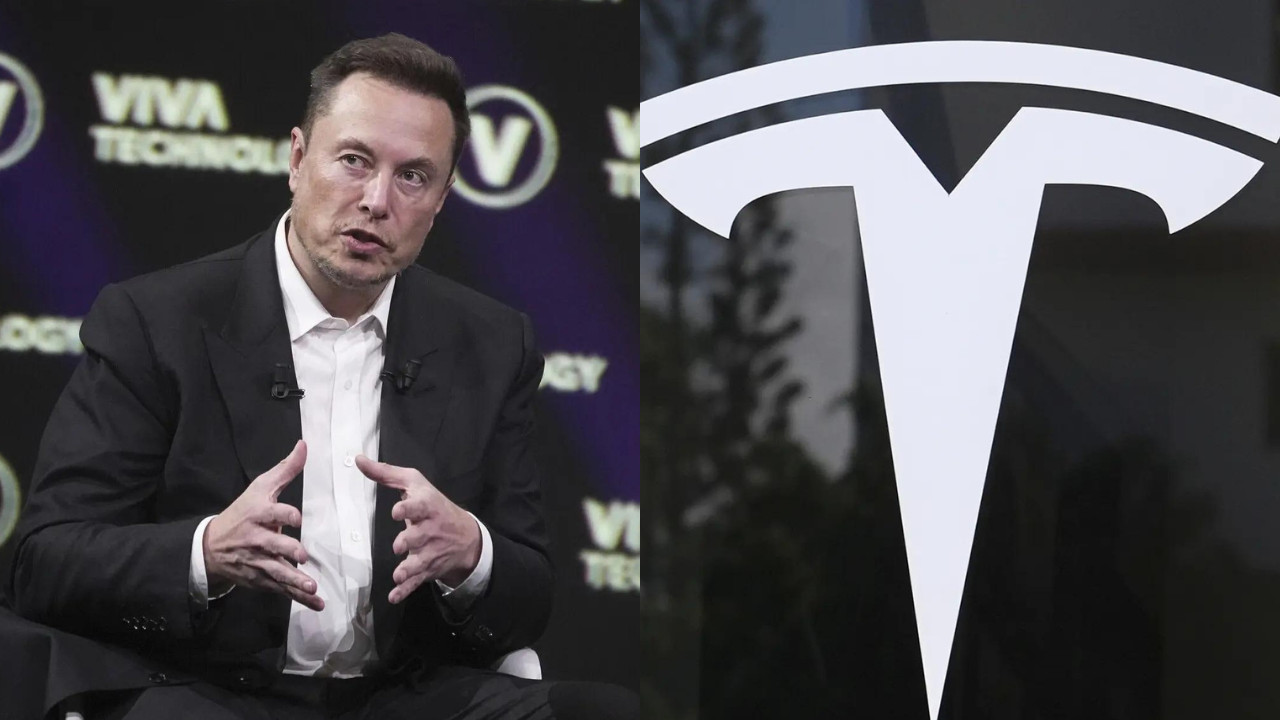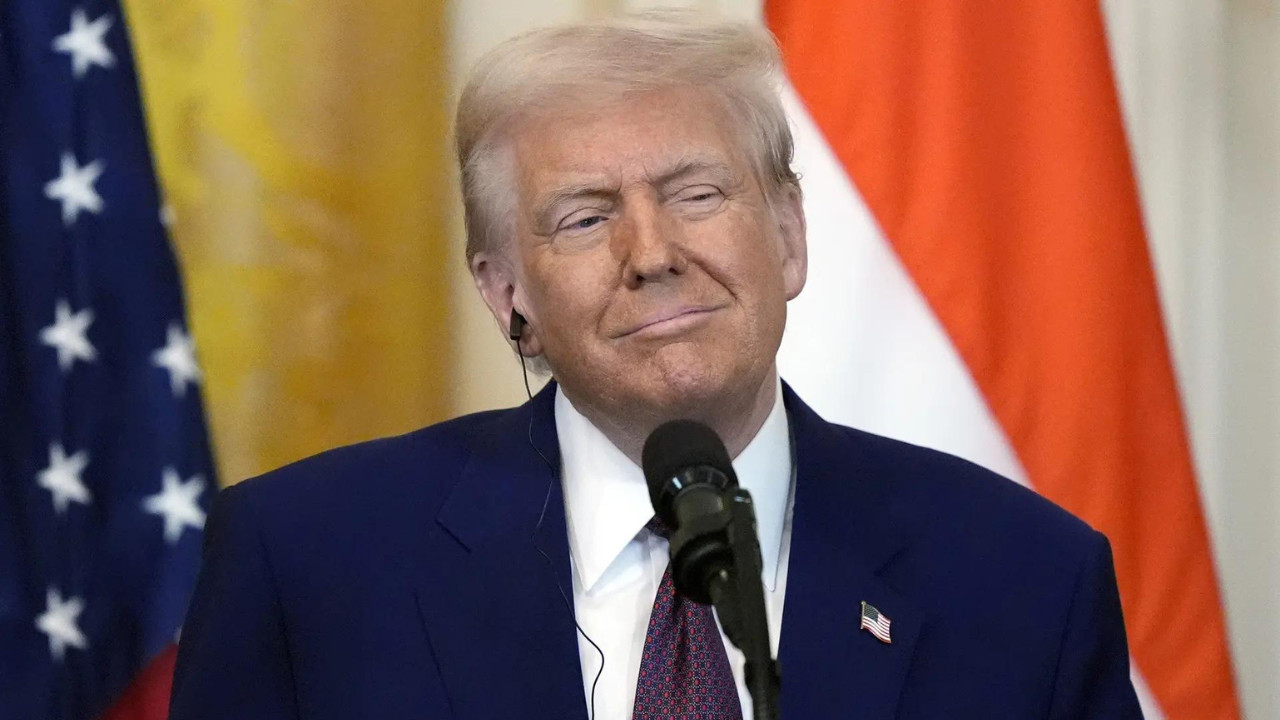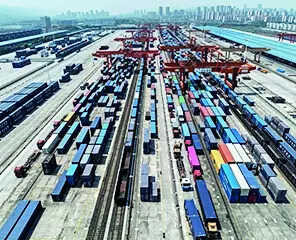India’s trade with the G7 nations has experienced substantial growth, reaching $248 billion in FY25 with a 13% CAGR since FY21. Exports to the G7 hit $138 billion, while imports totaled $110 billion. India maintains a $28 billion trade surplus, driven by key sectors like telecom equipment and pharmaceuticals, with mobile phone exports surging by 55%.
India’s G7 Glow-Up: Trading Places and Tech Triumphs
Okay, let’s talk shop. Not the kind of shop where you’re haggling for souvenirs on vacation, but the global marketplace where countries are wheeling and dealing, forging partnerships, and generally shaping the economic landscape. India, it seems, has been playing its cards remarkably well with the G7 nations – you know, the big hitters like the US, UK, Germany, France, Italy, and Japan.
The latest data points towards a seriously strengthening economic bond between India and this powerful group. We’re talking about a surge in exports, particularly in the high-tech and pharmaceutical sectors. Forget the image of India as just a source of cheap labor. We’re seeing a genuine evolution, a shift towards complex manufacturing and innovation that’s catching the eye of the world’s leading economies.
Let’s break this down a bit, because the implications are pretty huge.
Think about high-tech. India’s burgeoning IT sector has been a well-known story for years, but the export numbers suggest it’s not just about coding and call centers anymore. We’re seeing increased demand for Indian-made components, software solutions, and cutting-edge tech used in various industries. This signifies a move up the value chain, a transition from simply providing services to creating tangible, valuable tech products that are globally competitive. It speaks volumes about the investment in R&D and the growing pool of skilled engineers and scientists India is cultivating.
Then there’s pharma. India has long been a major player in the generic drug market, providing affordable medications to a global audience. But the increasing export figures to the G7 suggest a more nuanced story. We’re likely seeing growth in exports of higher-value pharmaceuticals, including complex formulations and biosimilars. This means Indian pharmaceutical companies are not only cost-effective but also increasingly innovative, meeting the rigorous standards required by developed markets. It underscores India’s growing capabilities in pharmaceutical research and manufacturing, which is excellent news for global healthcare access.
So, what’s driving this surge? A few factors likely play a crucial role. Firstly, the Indian government has been actively promoting its “Make in India” initiative, aimed at boosting domestic manufacturing and attracting foreign investment. This has undoubtedly created a more favorable environment for businesses and encouraged export-oriented industries.
Secondly, global supply chain disruptions, exacerbated by recent geopolitical events, have forced companies to diversify their sourcing. India, with its relatively stable political environment and large manufacturing capacity, has emerged as an attractive alternative to traditional hubs like China. This has presented a golden opportunity for Indian companies to step up and fill the gaps.
Thirdly, and perhaps most importantly, is the sheer entrepreneurial spirit and hard work of Indian businesses. They’ve been quick to adapt to changing global demands, invest in new technologies, and build strong relationships with international partners. It’s a testament to the dynamism and resilience of the Indian economy.
Now, the article does mention one exception to this rosy picture: Canada. The economic ties between India and Canada haven’t seen the same level of strengthening as with other G7 nations. This could be attributed to a number of factors, including political tensions, differing trade policies, or simply a lack of alignment in strategic priorities. Honestly, it is not surprising given the current political climate between the two nations.
While this might be a minor hiccup in the overall trend, it’s worth paying attention to. Maintaining strong relationships with all major global players is crucial for India’s continued economic growth. Hopefully, both countries can find ways to bridge the gap and foster a more mutually beneficial trade relationship in the future.
Overall, the story here isn’t just about numbers and statistics. It’s about India’s evolving role on the global stage. It’s about a country transforming itself from a developing nation to a major economic power, one that is increasingly driving innovation and shaping the future of global trade. While challenges undoubtedly remain – infrastructure bottlenecks, regulatory hurdles, and the need for further skill development – the direction is undeniably positive. India’s G7 glow-up is not just a flash in the pan; it’s a sign of things to come. And frankly, it’s pretty exciting to watch.






